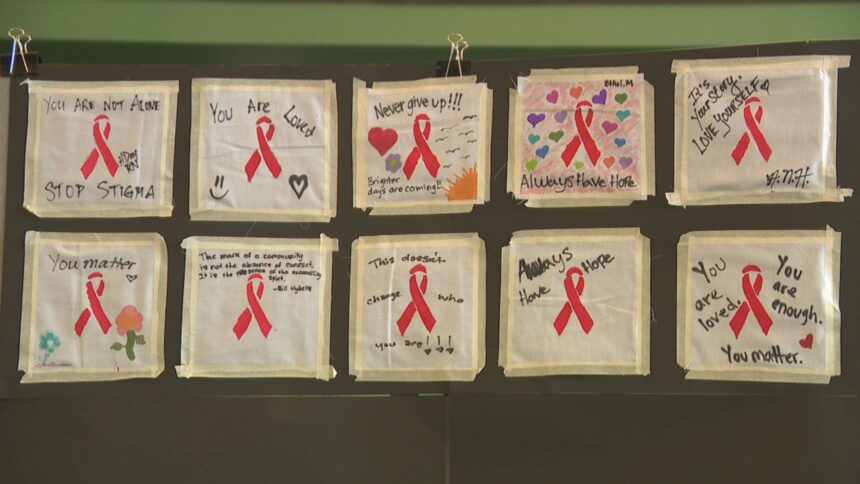A new injectable medication for HIV prevention is now covered for First Nations and Inuit under the Non-Insured Health Benefits program, or NIHB. The drug is called Apretude, a bi-monthly injectable that’s more than 99 per cent effective at reducing the risk of HIV transmission through sex according to two real-world evidence studies. Apretude was first approved for use in Canada in 2024. “It’s very exciting,” says Jessy Dame, the Two-Spirit Health director at Community Based Research Centre in Vancouver. HIV prevention medications, also known as pre-exposure prophylaxis (PrEP), were already covered under NIHB but come in pill form to be taken orally every day or for on-demand use depending the type. They are less effective than Apretude and create the opportunity for missed doses or difficulty getting prescription refills. “It’s an injectable so folks can get as minimal as 6 injections a year, which decreases barriers to pill access and continuously having to go to pharmacies,” says Dame, who is also a certified registered nurse. The Human Immunodeficiency Virus, or HIV, weakens the immune system against disease and illness, and can lead to AIDS if left untreated. HIV is primarily transmitted through sex without condoms and shared injection drug needles, so people at risk for contracting HIV can use PrEP to prevent transmission. HIV can be acquired no matter your sexuality, gender, or race but some communities are more impacted than others. “Indigenous people do continue to represent some of the highest numbers around HIV transmission within the country, and especially when we look at Two-Spirit, queer, and trans Indigenous folks,” says Dame, who is Two-Spirit and Métis. The federal government’s NIHB program provides First Nations and Inuit with “coverage for a range of health benefits that are not otherwise covered through private, provincial, or territorial health insurance plans or social programs,” according to the government website. Photo: Charlie Woolf/APTN. The Public Health Agency of Canada estimated that 62,790 people in Canada were living with HIV at the end of 2020. In that same report, they found Indigenous people made up approximately 10 per cent of all people living with HIV in the country, though Indigenous people make up only around five per cent of Canada’s population. Dame says it’s important to put context along with HIV statistics. “Unfortunately, Indigenous people are disproportionately affected by HIV but that’s due to racism, homophobia, biphobia, and transphobia,” says Dame, adding that systemic structures are to blame for increased HIV numbers in different communities. He says spreading more awareness and promoting education around HIV and PrEP is paramount in lowering transmission rates. You can find more information on the Apretude injectable at apretude.com or visit caan.ca for resources on HIV within Indigenous communities. Continue Reading
New HIV prevention drug with 99% effectiveness now covered under NIHB

Leave a Comment










